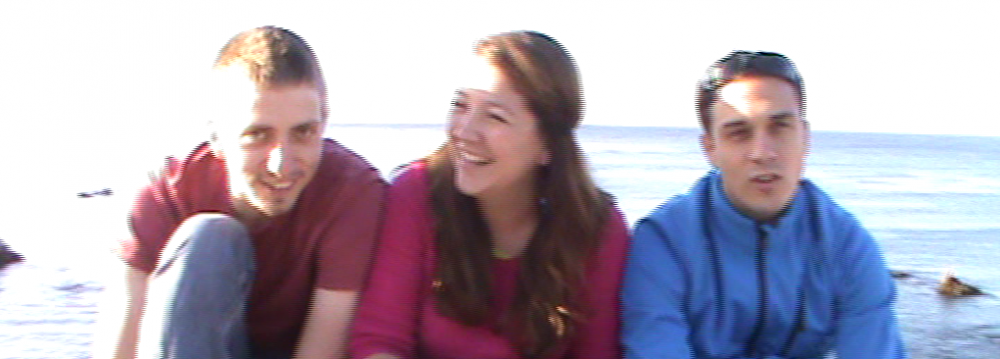H2Nica is clearly an international presence here in Managua. The sheer volume of meetings that we’ve been having with organizations as diverse as the UNDP and a nationwide organization that is dedicated to bringing clean water to all Nicaraguans is a testament to this fact.
Every meeting that we have opens the Pandora’s box of the water situation in this country just a bit further. It is almost impossible to keep up with the number of possible stories and contacts that we get from each of our existing contacts. I suppose that it is better to have an embarrassment of riches in this respect rather than having to stumble around in the darkness. However, we are now presented with the almost impossible task of selecting between a multitude of potentially-brilliant stories.
We have tentatively decided to take several trips in order to cast the widest possible net while simultaneously keeping this project at a small enough size to be able to give these stories the deep understanding that they require. Here are a few:
- We are certainly taking a trip to the Caribbean coast, to a city called Bluefields. Though it is relatively expensive to get there because of the necessity of flying, Nicaragua’s Atlantic regions are historically ignored and merit a good deal of attention just for that reason. Not to mention, Bluefields illustrates Nicaragua’s water paradox well: it is in the middle of more fresh water than the vast majority of places on Earth, yet most of the population lacks potable water.
- Chinandega, in the northern part of the country, suffers from a more traditional problem: it is in the driest part of the country and a significant percentage of the population relies on catching rain water to get what they need to survive. Therefore, the problem here is really one of a combination of poor management of existing resources and lousy infrastructure.
- León, which is north of Managua, suffers from problems related primarily to the possible contamination of water by large businesses. We will primarily be looking into some allegations that water contamination has sickened and even killed quite a few people there. This story is a bit more tentative than the others because of a lack of solid information, but has a lot of potential to be a riveting tale.
These are just a few of the themes that we are looking to examine here! The challenge will be to tell the story of water in Nicaragua in a way that is compelling, cohesive and comprehensive all at the same time. No mean feat, but if anyone can do it, this team can. We are committed, passionate and resourceful. I cannot wait to see what the next few weeks bring.
-Richard Hansen


